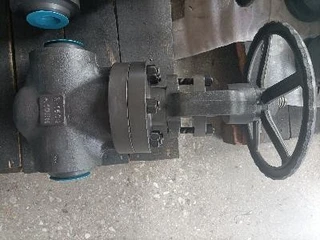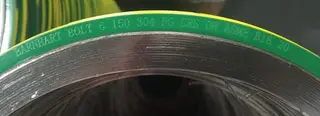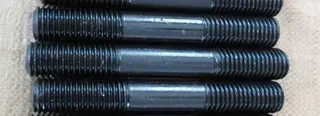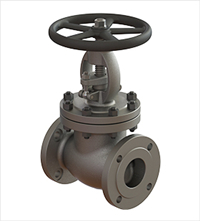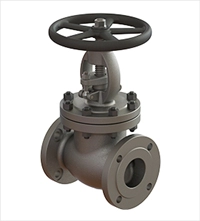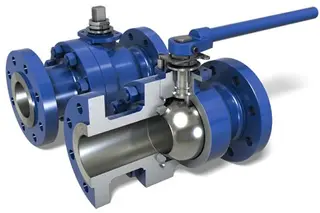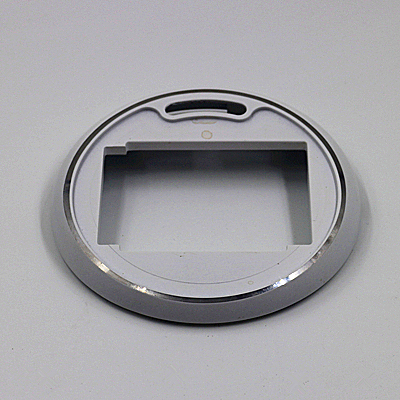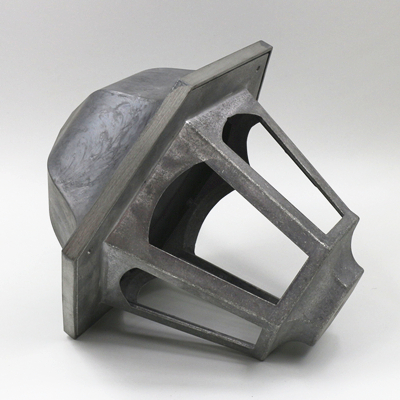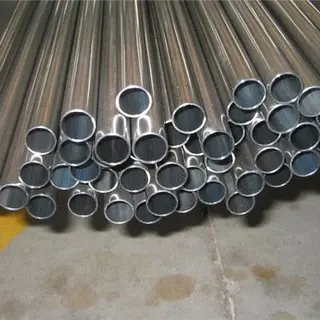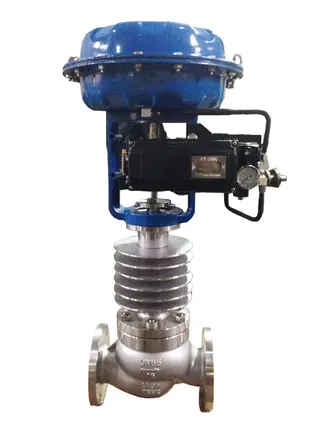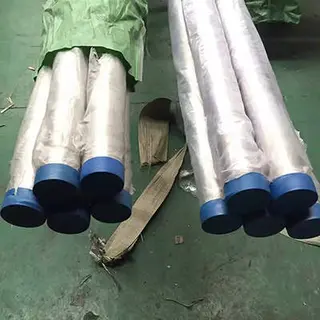Properties of High Temperature Used for Turbine Engine
Turbine engine has complex structure. Every part on turbine engine has different temperatures and stresses. For this, turbine engine has different requirements for high temperature alloy.
High temperature alloy used for combustor
Combustor has less mechanical stress while large thermal stress. The alloy used for combustor should have strong high temperature oxidation resistance and gas corrosion resistance, enough instantaneous strength and persistent strength, good thermal fatigue properties, excellent process plasticity and welding property; besides, structure of alloy should be maintained for a long term under working temperature.
High temperature used for guide vane
The fist level of guide vane is one the parts on engine which suffer from the largest thermal shock. However, it is static. It suffers from less mechanical load. In general, burn caused by warp and temperature variation because of stress makes obstacles occur frequently on guide vane. According to conditions of guide vane, high temperature alloy should have endurance strength and good thermal fatigue property, excellent oxidation resistance and corrosion resistance. Casting alloy should also have good casting performance.
High temperature used for moving valve
Moving valve is one of the most important parts on turbine engine. Although the temperature is lower than that on guide vane, stress is large and complicated; working conditions is harsh too. Nevertheless, high temperature alloy should have strong oxidation resistance and corrosion resistance, excellent creep resistance and long term rupture strength, good mechanical fatigue and thermal fatigue, good overall performances under high temperature or medium temperature.
High temperature used for turbine disc
Turbine disc is heated unevenly during operation. The temperature on rim is larger than center, causing strong thermal stress. Rim suffers from the largest centrifugal force and the stress is more complex. For this, high temperature should have high yield strength and creep strength, good thermal fatigue and mechanical fatigue, low coefficient of liner expansion, no notch sensitivity; high low cycle fatigue.

Send your message to this supplier
Related Articles from the Supplier
Properties of Choosing Materials for Mold
- Oct 27, 2016
Cleaning Agents Used for Fasteners
- Oct 27, 2016
Gas Injection Used for Magnesium Die Casting
- Oct 27, 2016
Four Properties of Stainless Steel Fastener
- Oct 27, 2016
Introduction Of Two Dies Used In Die Casting
- Oct 27, 2016
Tips for Prolonging Service Life of Moulds
- Oct 27, 2016
Related Articles from China Manufacturers
Related Products Mentioned in the Article
Junying Die Casting Company
- Address: #3, Changfu Road, Ludong, Humen, Dongguan, Guangdong, 523935, P. R. China.
- Phone: +86 769 82890830
- Business Type: Manufacturer,
Supplier Website
Source: http://www.chinatopper.com//properties-of-high-temperature-used-for-turbine-engine.html

